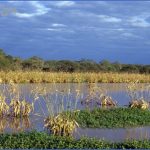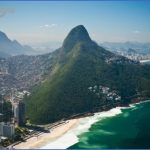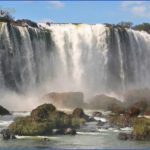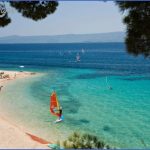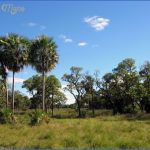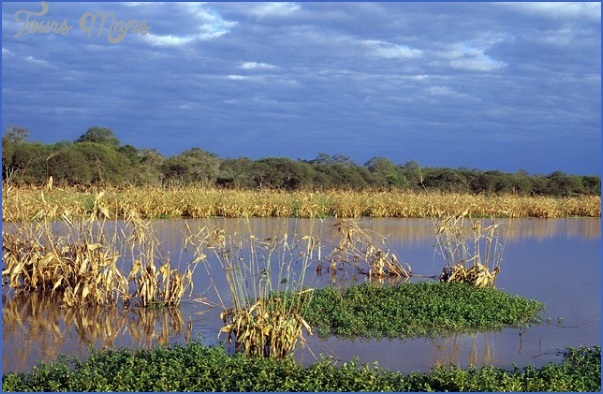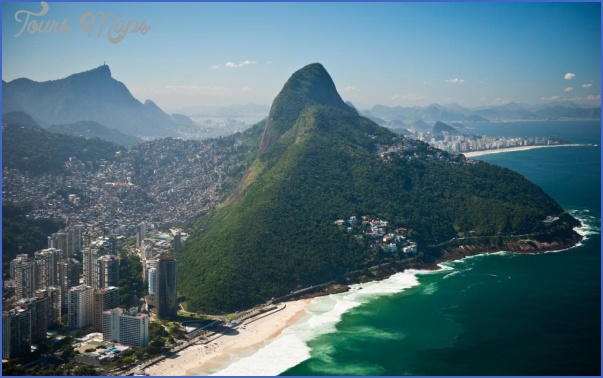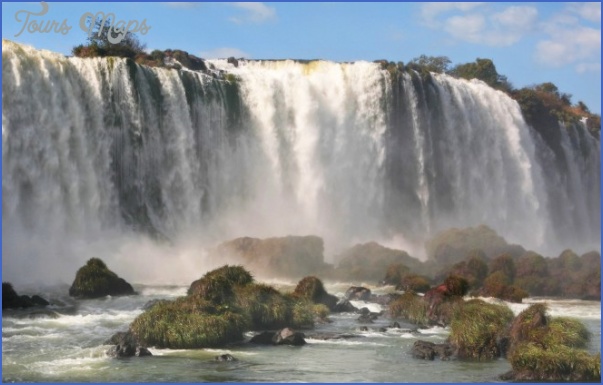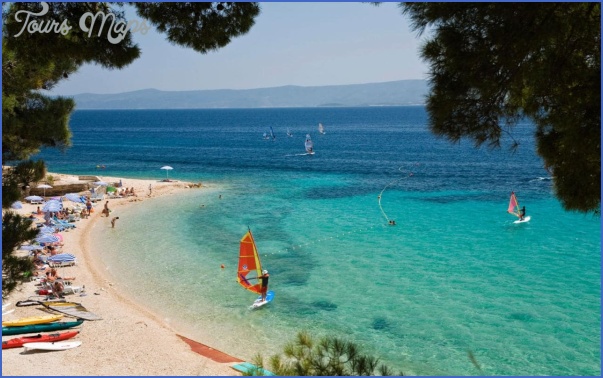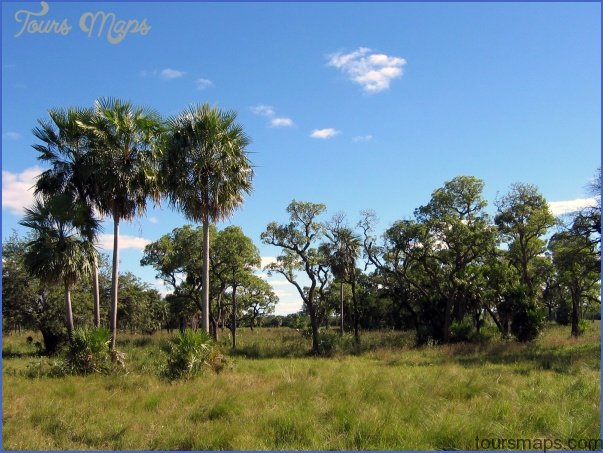Paraguay’s Indigenous Population
Though the majority of Paraguayans have indigenous heritage, a distinct difference is drawn between mestizos and pure-blooded indigenas (indigenous). According to the 2002 indigenous census, Paraguay had approximately 86,500 native inhabitants with a projected population of 120,000 by 2010. Paraguay’s tribes are generally divided into five distinct linguistic families: Zamuco, Mataco, Maskoy, Guaicuru, and Guarani. In total, there are seventeen different ethnicities within these five linguistic families, with Guarani tribes accounting for more than half of Paraguay’s total indigenous population. The native makeup of Eastern Paraguay is almost solely Guarani, while the Paraguayan Chaco is home to tribes from the remaining four linguistic families as well as a small Guarani population. Throughout this book, various indigenous communities are described in further detail.
The Totobiegosodes
Paraguay is home to one of Latin America’s last uncontacted indigenous tribes, the Totobiegosodes. Members of the Ayoreo tribe, the Totobiegosode choose to remain isolated from the modern world. Though some members of the group have emerged from the wilderness of the Northern Chaco, a small subset has chosen to remain in their natural habitat. While the land they live on is, in theory, protected, it is under constant threat from landowners who defy the law and clear it for agricultural and cattle ranching purposes. For more information about the Totobiegosodes, visit www.gat.org.py or www. survivalinternational. org/tribes/ayoreo.
As Paraguay’s most marginalized population, the indigenous face many challenges. People of indigenous descent are often discriminated against, and it is not uncommon for indigenous neighborhoods in urban areas to be kept isolated from the rest of the community. Land ownership represents a significant obstacle for the indigenous, as the government has forced many groups to relocate from their ancestral lands in order to make way for agricultural business. Few tribes and individuals possess official land titles, though some groups are pressing for the return of traditional lands. Tribes in remote areas live under harsh conditions, with environmental and population pressures making their traditional forms of survival increasingly difficult to sustain. Tribes closer to urban areas face different challenges, the foremost of which is the lack of economic opportunities available to them. Most men serve as cheap labor to nearby estancias (cattle ranches), while women are increasingly forced into prostitution for lack of alternatives. The sale of traditional handicrafts represents a significant source of income, especially for those with access to urban centers or connections with buyers and middlemen. Many groups rely upon missionary groups for assistance, though this aid often comes at the cost of forced integration and abandonment of traditional beliefs and lifestyles.
Resources for Learning more about Indigenous Communities
Museums: For those interested in Paraguay’s indigenous culture, the Museo Etnografico Andres Barbero in downtown Asuncion and the Museo Guido Boggiani in San Lorenzo on outskirts of Asuncion provide a great look at the complex mosaic of indigenous cultures that once thrived in Paraguay.
Books: The anthropology department of the Catholic University (CEADUC) has long been the main source for scholarly work on Paraguay’s indigenous tribes. Their publications are available at ServiLibro bookstores (see Bookstores) and through the ServiLibro website (www.servilibro.com.py).
Los Indigenas del Paraguay by Jose Zanardini and Walter Biedermann offers a particularly good overview of Paraguay’s indigenous tribes with information about each tribe’s history, culture, and current status in society.
Gran Chaco Guide for Tourist Photo Gallery
Maybe You Like Them Too
- The Best Cities To Visit in The World
- World’s 10 Best Places To Visit
- Coolest Countries in the World to Visit
- Travel to Santorini, Greece
- Map of Barbados – Holiday in Barbados

